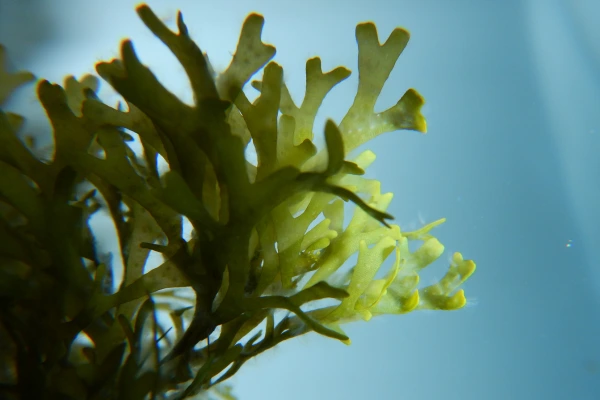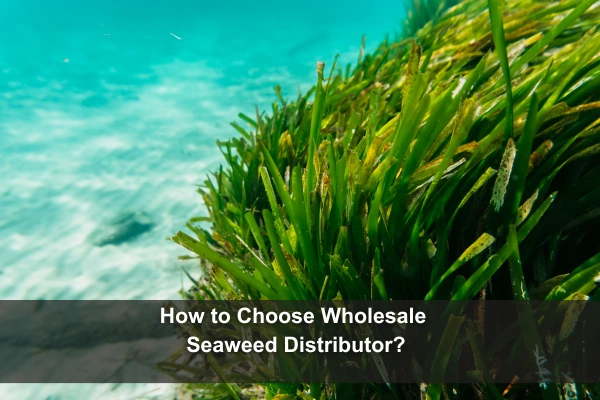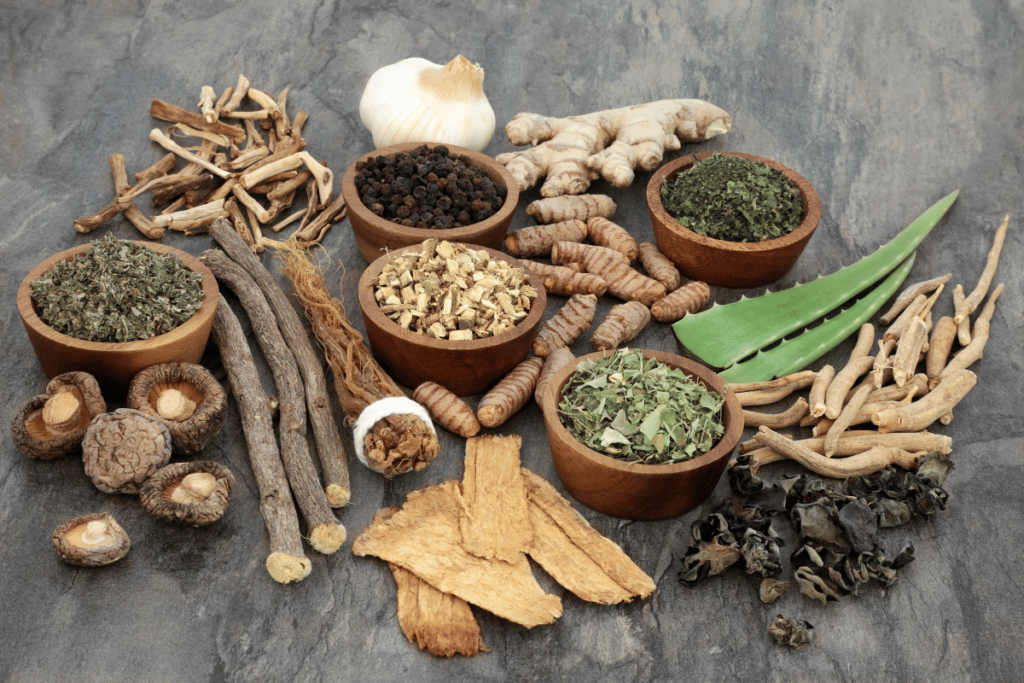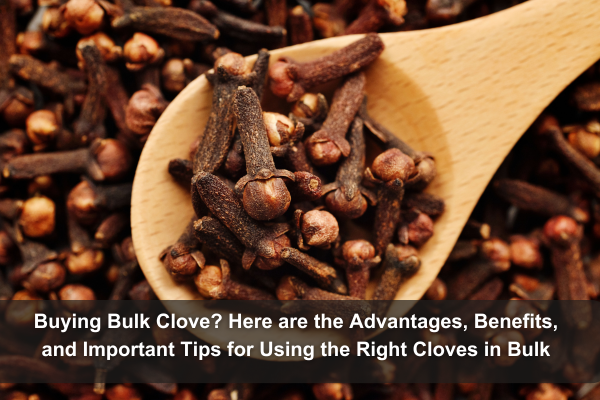Organic seaweed manufacture is becoming an increasingly important industry. As more people seek sustainable and healthy food options, The Seaweed Company has emerged as a valuable resource.
This article will explore the various aspects of seaweed manufacture, including its benefits, processes, and impact on the environment and economy.
The Benefits and The Process of Organic Seaweed Manufacture
First and foremost, organic seaweed is incredibly nutritious. It is rich in vitamins, minerals, and antioxidants, which are essential for a balanced diet. Moreover, seaweed is low in calories and fat, making it an ideal choice for those looking to maintain a healthy weight. Organics Ocean Supplements harnesses the power of seaweed for optimal health.
Read Also : How to Choose Wholesale Seaweed Distributor?
Besides its nutritional value, seaweed also offers numerous health benefits. For instance, it can improve digestion, boost the immune system, and support thyroid function due to its high iodine content.
Additionally, organic seaweed is a sustainable food source. Unlike traditional farming, seaweed cultivation does not require freshwater, pesticides, or fertilizers. This makes it an environmentally friendly option, highlighting the positive aspects of seaweed manufacture.
Furthermore, seaweed farming can help mitigate climate change by absorbing carbon dioxide and reducing ocean acidification.
Transitioning from the benefits to the process, organic seaweed manufacture begins with the selection of suitable seaweed species. Different species have varying nutritional profiles and uses.
For example, chefs commonly use nori in sushi, covering the outside to add a unique flavor. Sometimes, they also place nori inside the rice. Once they choose the appropriate species, they begin the cultivation process.
Farmers typically grow seaweed in the ocean, but they can also farm it in controlled environments like tanks or ponds. In ocean farming, they attach seaweed spores to ropes or nets suspended in the water.
These structures provide a surface for the seaweed to grow on while allowing it to receive sunlight and nutrients from the ocean.
As the seaweed grows, it requires regular monitoring and maintenance. Farmers must ensure that the seaweed is healthy and free from pests or diseases. They may also need to adjust the positioning of the ropes or nets to optimize growth conditions.
After several months, the seaweed reaches maturity and is ready for harvest. Harvesting is typically done by hand, as this method is gentle and helps maintain the quality of the seaweed. This process shows how seaweed farming contributes to both sustainability and product quality.
Once harvested, the seaweed is thoroughly cleaned to remove any impurities such as sand or small marine organisms.
Processing and Packaging

Next, the seaweed undergoes processing. This involves drying, which is a crucial step in preserving the seaweed and enhancing its shelf life. There are several methods of drying seaweed, including sun drying, air drying, and machine drying.
Sun drying is the most traditional method and involves spreading the seaweed out on racks or mats to dry naturally in the sun. Air drying, on the other hand, uses fans to circulate air around the seaweed, speeding up the drying process.
Machine drying is the most efficient method, using specialized equipment to rapidly remove moisture from the seaweed.
Once dried, the seaweed is often cut or ground into various forms, such as flakes, sheets, or powders. These forms make it easier to package and use in different products.
For instance, manufacturers use seaweed sheets in sushi, while chefs add seaweed flakes to soups or salads. They often use seaweed powder as a seasoning or an ingredient in health Organics Ocean Supplements.
Packaging is the final step in the process. Producers must package organic seaweed in a way that preserves its quality and prevents contamination. This often involves vacuum-sealing or using airtight containers.
Proper packaging ensures that the seaweed remains fresh and retains its nutritional value until it reaches consumers.
Environmental and Economic Impact
Moving on to the broader impact, organic seaweed manufacture has significant environmental and economic benefits. Environmentally, seaweed farming contributes to the health of marine ecosystems.
Seaweed provides habitat and food for various marine species, promoting biodiversity. Moreover, seaweed farms can act as natural water filters, improving water quality by absorbing excess nutrients and pollutants.
Economically, the seaweed industry creates jobs and supports local communities. Seaweed farming and processing require a range of skills and labor, from cultivation and harvesting to drying and packaging.
This creates employment opportunities, particularly in coastal areas where other forms of agriculture may be limited.
Furthermore, the demand for organic seaweed is growing, driven by the increasing popularity of healthy and sustainable foods.
See Our Product : Indonesia Clove Spice Supplier
This presents an opportunity for economic growth and development. Many countries are now investing in seaweed farming and processing infrastructure to capitalize on this trend.
That’s all the information about organic seaweed manufacture, may it be useful!







